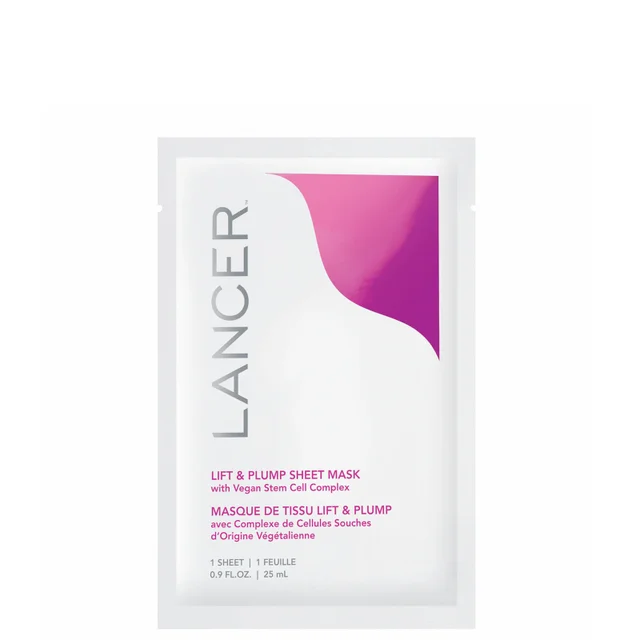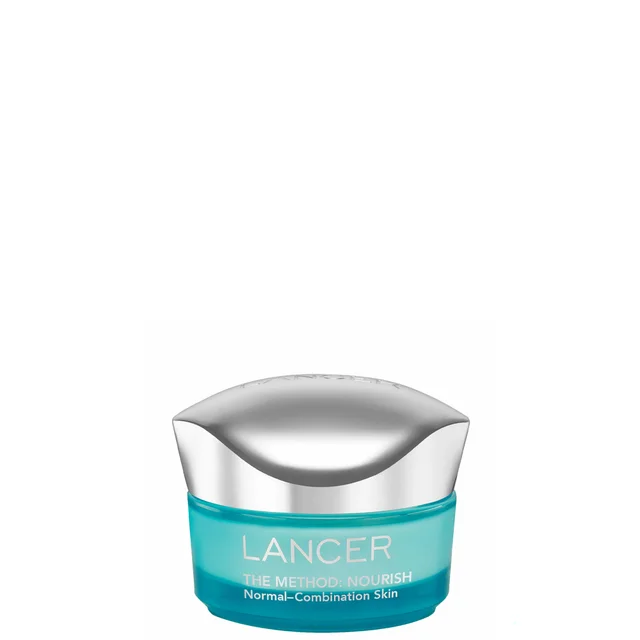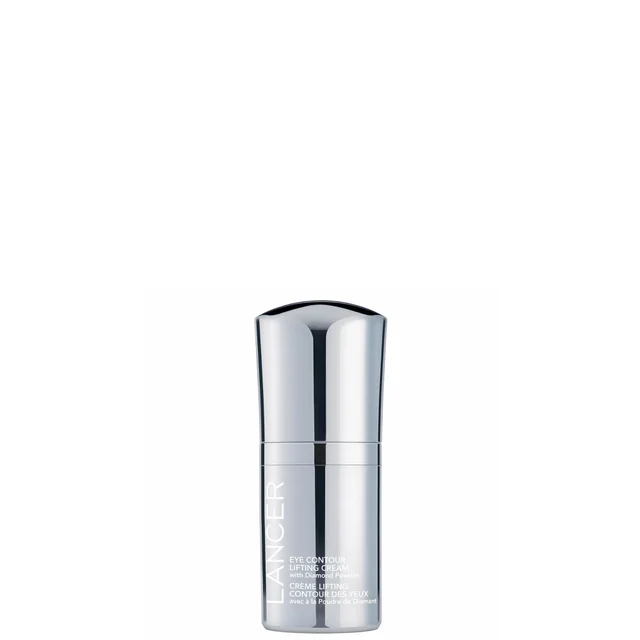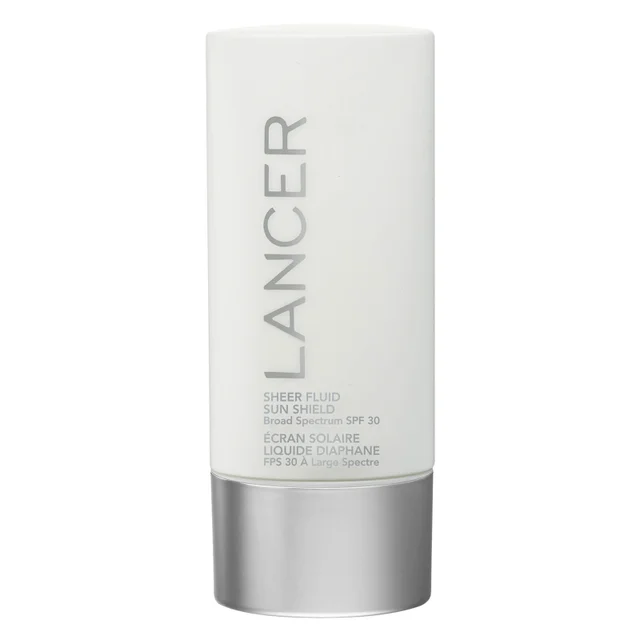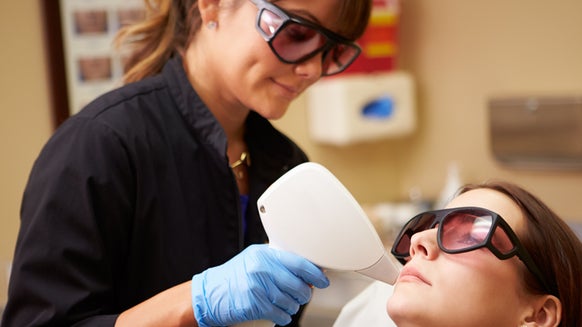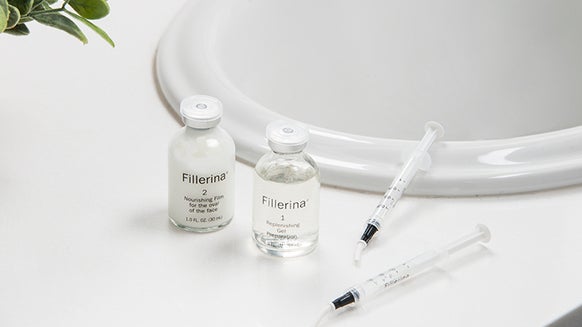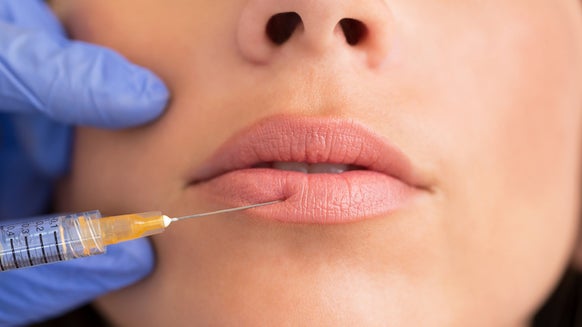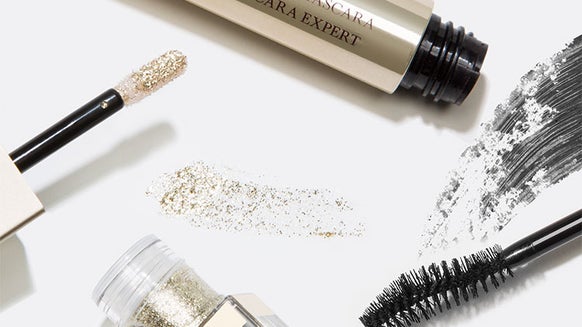What to Know Before Getting Botox, Fillers and Other Minimally Invasive Cosmetic Procedures
Cosmetic surgery has been around for years, but the thought of knives and needles (not to mention, the steeper costs) leaves some of us feeling faint and discouraged. That’s not to say that it hasn’t gained considerable ground, but in recent years—and perhaps, thanks to the Kardashians—we’ve seen a significant rise in minimally invasive procedures like fillers, Botox and lip injections. In fact, the American Society of Plastic Surgeonsreported over 15 million of these procedures in 2016 alone (compared to less than two million surgical procedures).
“The data supports the trend that I see in my practice and the industry in general. In fact, the trend for invasive procedures has been declining for the past 10 years,” says dermatologist to the stars Harold Lancer, M.D., F.A.A.D., founder of his eponymous skin care lineLancer and creator of the celebrated anti-aging protocol The Lancer Method. “If you think about it, that makes sense—at least in the US market, where there is a strong trend for a more natural, healthy look.”
Know the Risks
Whether you’re planning your first foray into Botox or contemplating total body hairlessness, medical procedures—invasive or not—require research and preparation. Most of them involve certain risks. “Cosmetic procedures need repetition and require maintenance, so getting the desired result takes time and investment," explains Dr. Lancer. "Any procedure can have complications, and they range quite dramatically. There’s also a chance the procedure won’t work. On the other hand, overtreatment can affect the symmetry of the treated area and can even become lumpy, particularly for those who have more sensitive skin. At its worst, there is also the potential of stroke, blindness and even death.”
As for the best age to consider in-office treatments, Dr. Lancer says it’s not really a question of how young or old you are, but a matter of needs and personal preference. "Each individual has a personal want or need, and it’s the physician's job to educate that patient on what is appropriate for their specific situation,” he explains.
Read on to find out Dr. Lancer’s top tips and recommendations for the most common in-office procedures.
1. BOTOX
Who should get it: Anyone who desires reduction of the ravages of excess facial expression or fine lines and wrinkles.
How often to get it for best results: Neuromodulators/volume replacement procedures usually need to be replenished every 4 to 6 months.
Average cost per treatment: $250-$1500, depending on area treated and volume needed
What else you need to know: Patients need to remember that this is a medical procedure, and they must choose a board-certified physician in a clean, medical setting.
2. SOFT-TISSUE FILLERS (FACE OR LIPS)
Who should get it: Anyone looking to restore the normal light/shadows of facial shape—jaw, under-eye, temple. This is for those who want to address inconsistencies to help fill a void.
How often to get it for best results: Volume restoration is variable patient to patient and it is important not to overfill. Recommendation is each area being treated twice per year.
Average cost per treatment: $250-$1500, depending on area and volume used
What else you need to know: As in Botox, always choose a board-certified physician and have it done in a clean, medical setting.
Best at-home product to pair it with: Eye Contour Lifting Cream
3. CHEMICAL PEELS
Who should get it: Those looking to improve texture and refine dark spots and discoloration.
How often to get it for best results: Intervals of 4, 6 and 8 weeks
Average cost per treatment: $250-$1500 depending on area treated and volume needed
What else you need to know: Like most medical procedures, inadequate aftercare may result in scarring and infection.
4. LASER HAIR REMOVAL
Who should get it: People with body hairs darker than the color of their skin.
How often to get it for best results: In 4-6 week intervals. Number of treatments are anywhere from 10 and beyond.
Average cost per treatment: $250-$1500, depending on area treated
What else you need to know: Burns from hair-reduction procedures are not uncommon, so technique and quality instruments should always be considered.
5. MICRODERMABRASION
Who should get it: Those who want to freshen complexion and improve skin’s radiance.
How often to get it for best results: Repeat every 4, 6 and 8 weeks.
Average cost per treatment: $250-$1500, depending on area treated and volume needed.
What else you need to know: If done with bad technique or inferior instruments, scarring and infection can occur. This is a medical-grade procedure that should be performed in a sterilized environment.
The Importance of Proper Skin Care
While some may think a good skin care regimen is enough to save them a trip to the dermatologist, Dr. Lancer says that may not always be the case. Certain skin concerns can be easily addressed from the comforts of home, but, chances are, it won’t be enough to replace a well-performed and much-needed facelift. He does, however, stress the importance of maintaining a daily skin care routine.
“Quality home care should always be the first avenue of approach to remedy a concern. From there, patients can decide if there’s a need for a procedure,” he adds. “In general, maintaining nutrition, exercise, keeping stress down, using mild skin care, staying out of the sun as much as possible and using sunscreen is a must,” says Dr. Lancer.

Janeca Racho is a Journalism graduate with over 15 years of writing experience. After getting her start in public relations and advertising, she made the switch to freelance writing and began working for various lifestyle, fashion, and travel brands. Her love for all things skincare has led her to beauty reporting and research for the last ten years. Writing for several hair and beauty blogs, she reports on anti-aging staples, trending brands and products, must-have ingredients, and health and wellness.
